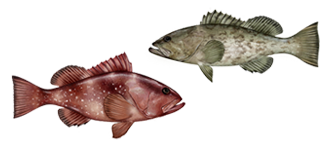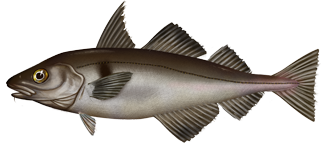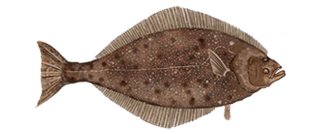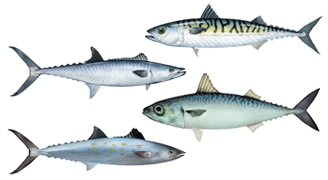What is a Fishery
“Fishery” simply refers to the activities involved in catching a species of fish or shellfish, or a group of species that share the same habitat. Different types of fisheries include:
- Commercial fisheries refer to the whole process of catching and marketing fish and shellfish for sale. Commercial fisheries include fishery resources, fishermen, and related businesses. Commercial fisheries can include artisanal fisheries, which are based on traditional or small-scale gear and boats. They can also include industrial fisheries for species not directly used for human food (e.g., Atlantic menhaden used for omega-3 supplements, pet food, and other products).
- In a subsistence fishery, the catch is shared and consumed directly by the families and kin of the fishermen, rather than being sold at the next larger market.
- Last but not least are recreational fisheries in which fishermen catch fish for personal use, pleasure, or competition.
How do fishermen catch fish?
We also identify and manage fisheries based on the fishing method. Commercial fishermen generally harvest seafood with some variety of pots, nets, or fishing line. Fishing methods vary in scale and operation depending on the species and area being fished. For example, fishermen lower pots onto the seafloor to harvest crabs and lobsters, tow large trawl nets through the water column to harvest schools of Alaska pollock, and deploy baited longlines into the water to catch swordfish. A commercial fishery could be just one person on a small boat casting nets by hand, or a huge fleet of trawlers processing tons of fish at a time.
Does fishing harm the environment?
Some fishing methods can incidentally capture other marine animals (bycatch) or damage sensitive habitats such as coral reefs, but this all depends on how the fishing gear is configured and where in the ocean it’s used. Healthy ocean ecosystems include diverse, abundant marine life and healthy habitat. They are essential to productive fisheries. We must ensure that fisheries do not jeopardize these ecosystems. In the United States, reducing bycatch and protecting habitat are two of the fundamental standards that drive the management of all fisheries. Fishermen, scientists, and managers continually work together to improve fishing methods and implement management measures that reduce potential impacts of fishing. To learn more, see:














































